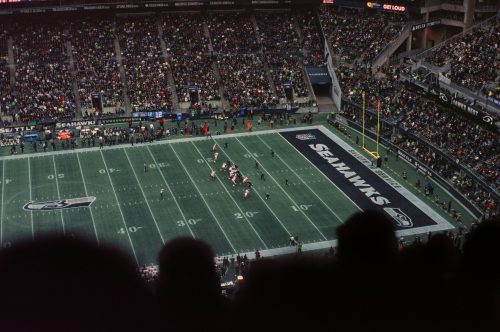I want to talk about disability accessibility at SFMOMA as we deep dive into learning more about the community that deserves these resources and accommodations. San Francisco residents with E.B.T. can visit the museum for free. General Admission tickets will be given to you at the ticket desk with the showing of your California I.D. and your California E.B.T. card.
SFMOMA has had all sorts of beautiful art to engage with throughout the decades, and the collections never disappoint. An entire 7 floors to explore and admire, but don’t worry, there are spacious elevators and there are multiple.

What is Disability?
According to the Oxford Dictionary, disability is defined as:
- a physical or mental condition that limits a person’s movements, senses, or activities.
- a disadvantage or handicap, especially one imposed or recognized by the law.
In addition to this understanding, we should have a look at the Major Models of Disability. There are 3 I would like to mention here: the Moral model, the Medical model, and the Social model. I encourage you to look at this thoughtful article written by Rhoda Olkin, PhD to learn about these definitions and perspectives around the discourse of disability.
How Does Disability History Impact the World Today?
I was able to speak with actor and educator Cole Massie, who was kind enough to share their perspective from their place in the disabled community. To answer my question, he said, “Because we see it everywhere…The ADA affords persons with disabilities theoretical personal agency over their lives, access, and overall well-being.”
I encourage everyone to read up on the Americans with Disabilities Act (ADA). If you or a loved one is having to encounter absurd obstacles just to be accommodated for your humanity, the legal protections and your individual rights are all in that sweet ADA. A very important document in our country indeed, and only came into reality and practice officially in 1990. That is not a long time, and shows that the US as a country needs to be held accountable for creating accessibility to the world we all live in.

What Are Accommodations?
When you think about accommodations, is it optional in your mind? The reality is that it is a civil and legal responsibility to meet people where they are with these very important accommodations for their disability.
I really enjoyed Cole’s words on this: “Giving a person with a disability the tools they need to succeed…I think a lot of people confuse disability with inability.”


SFMOMA Permanent Sculptures by Dan Flavin / Photos by Izzy Dier
Can Everyone View Art at a Museum Equally?
To answer this question I decided to simply listen to Cole and his experience viewing art at museums. “Audio tours in museums are mind-numbingly boring… When you get one, close your eyes…and sometimes, even the numbers are subtle in their presentation. Typing in 603 for the discussion around the art I can’t see isn’t helpful.”
I listened some more as this is something I don’t often find myself hearing people talk about from firsthand experience, but who ever asks? Well I am glad I did, finally. Cole Massie continued to explain, “There is a big difference between describing something and discussing something…I think museums should exist, but I also think they should be made accessible.”
What Makes a Museum Complete?
Cole answered by saying what makes a museum complete “is them following their mission statement, and their purpose, as defined in Greek mythology.” The Greek word muse refers to Goddesses of the arts and Proclaimers of Heroes, or celebrators of humanity when it achieves something truly great and divine.
Disability accessibility at SFMOMA and other Museums of Modern Art should make the experience enjoyable and engaging for everyone. I believe that is what true access looks like.

Inflammatory Essays by Jenny Holzer / Photo by Izzy Dier
The Domestic Art Consumer in the Walls of Home
When at home, Cole Massie shares their experiences and opinions with audio descriptions and movie selecting:
“It’s not ‘what do I want to watch?’ It’s a ‘what can I watch?’…Why are they leaving people who need that out, and why exclude the blind?”
Audio descriptions are a spoken description of what can be seen on a screen, stage, or image, for people who cannot see well.
“The list is formed by WGBH Boston. A good thing but shouldn’t be necessary.”
Cole is implying that all movies should inherently have audio descriptions, and I agree. So why don’t they already have that in place for civilians? Hopefully the WGBH list of movies and other media with audio descriptions grows so big, it becomes necessary for 100% of media to have this option for consumption, to include all people who wish to engage with art.







